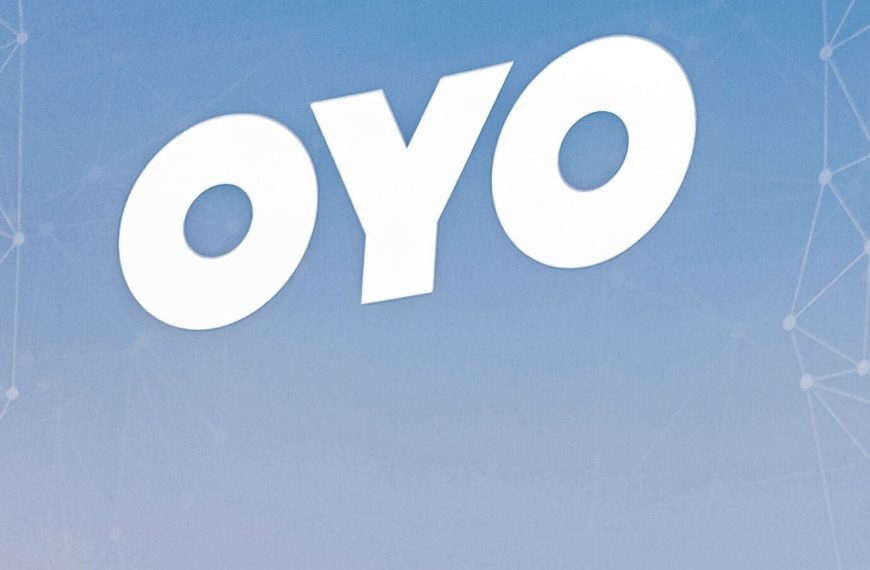Understanding Initial Public Offerings: A Key Investment Insight
When companies look to boost their financial standing, they often explore various avenues for funding. One of the most prominent methods is the Initial Public Offering (IPO), a pivotal moment that transforms a private entity into a publicly traded company. This transition not only opens new doors for capital but also marks a significant shift in ownership structure, allowing everyday investors to participate in the company’s growth.
What Exactly is an IPO?
An Initial Public Offering, commonly referred to as an IPO, enables private companies to sell shares to the public for the first time. This process allows these companies to be listed on stock exchanges, effectively "going public." Once the IPO is completed, the company’s shares become available for trading, offering new investment opportunities for individuals and institutions alike.
The IPO Process Unveiled
Navigating the IPO landscape involves a series of key steps:
-
Engagement with Investment Banks: To kick off the process, a company typically partners with an investment bank. This financial institution assists in determining the initial share price and the total number of shares to be offered, acting as an underwriter.
-
Regulatory Compliance: The firm must prepare and submit a registration statement along with an underwriting agreement to the relevant regulatory body, such as the Securities and Exchange Board of India (SEBI). The regulatory agency meticulously reviews these documents to ensure compliance with legal standards.
- Approval and Launch: Once the IPO is greenlit, the company announces the official launch date for its offering.
Types of IPOs: Fixed Price vs. Book Building
Understanding the different types of IPOs can help investors make informed decisions:
-
Fixed Price Offering: In this model, the company sets a specific price for its shares before making them available to the public. This price is typically determined with the help of underwriters, taking into account various financial metrics of the company.
- Book Building Offering: Here, the share price is based on investor demand. The company announces a price band, including a cap price (upper limit) and a floor price (lower limit). Investors then submit bids within this range, allowing the final price to be determined by market interest.
Why Companies Choose to Go Public
Going public through an IPO serves several strategic purposes for companies:
-
Capital Generation: A primary motivation for issuing an IPO is to secure funds necessary for growth and expansion efforts. This influx of capital can significantly enhance a company’s ability to invest in new projects and initiatives.
- Debt Reduction: The funds raised can also be utilized to pay down existing debts, improving the company’s financial health and stability.
In conclusion, an Initial Public Offering is not just a financial maneuver; it represents a crucial step for companies aspiring to elevate their market presence. By understanding the intricacies of this process, investors can better navigate their opportunities in the stock market.
Disclaimer: This article is intended for informational purposes only and should not be taken as financial advice. Always consult a financial expert before making investment decisions.











